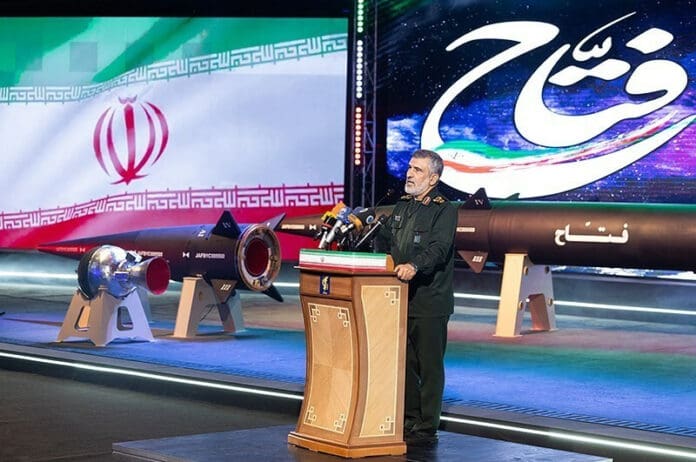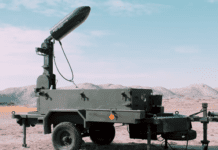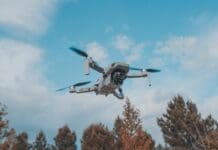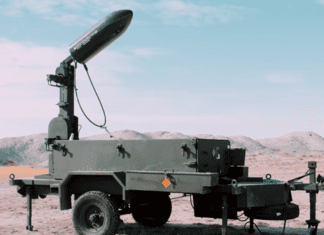
This post is also available in:
 עברית (Hebrew)
עברית (Hebrew)
In an effort to showcase its military capabilities amidst the Rising Lion campaign, Iran claims to have deployed an advanced hypersonic ballistic missile—known as Fattah—in a recent attack against Israel. Fired on June 18 as part of Iran’s “Operation True Promise III,” Israeli sources did not confirm whether the hypersonic missile successfully struck its target or was intercepted, leaving the outcome of the launch unverified in official reporting.
The Fattah missile represents a new generation of Iranian hypersonic technology, combining high-velocity travel with advanced guidance and control systems. With a top speed estimated between Mach 13 and 15, the missile’s performance exceeds the interception capabilities of many existing air defense systems.
Technologically, Fattah is a two-stage, solid-fueled missile featuring a maneuverable second-stage nozzle, enabling it to change trajectory during flight both inside and beyond the Earth’s atmosphere. This makes detection and interception significantly more difficult. The missile has an operational range of approximately 1,400 kilometers and is guided by an advanced system designed specifically to evade radar and countermeasure technologies.
The missile is powered by a spherical propellant that activates in proximity to its target, providing final-phase control to improve targeting accuracy. Its high-speed maneuverability, paired with a guided warhead, gives it tactical advantages over conventional ballistic missiles.
According to defense analysts, this development positions Iran among a limited group of countries—previously including only Russia, China, and India—that have successfully tested and fielded hypersonic missile systems. Each of these nations has employed differing technological approaches, but all share a focus on high-speed, evasive flight as a strategic asset.
The latest deployment of Fattah suggests that Iran is seeking not only to enhance its deterrence posture but also to directly challenge the effectiveness of Israel’s layered missile defense architecture.
























